This Bridge Weight Disc discussions seems to be veering a bit off course. The VOI's that are quoted in REMLR are the instructions that replaced SOVOS (Standing Orders for Vehicle Operating and Servicing) that were in place during the era of S2 and S2as.
Hodgo possibly still has a copy of these somewhere.
All bridges in a military operational zone are checked over by Army Engineers and allocated a safe weight limit (per span) before vehicular access is permitted, and this SWL is printed on a yellow disc and nailed to a post on either approach to the particular bridge. This practice goes back to at least WWll and I don't know how much before that. Now whether this was one of the standard issue plates that were sourced from the Brits as part and parcel of a delivery (FV266818) or, if there were no official plates on hand, perhaps a tin lid or whatever, it didn't really matter as long as the classification was shown in a uniform way that was instantly recognisable by the intending "crossee", that is a yellow disc with a number on it. If it didn't have a yellow disc displayed on it, don't drive over it!
The minimum weight classification that is deemed suitable for vehicular traffic is three tons, and should a bridge fall under that limit it is put off limits until an alternative crossing can be put in place, or the existing bridge upgraded.. A Land Rover, even carrying its maximum allowable load does not exceed this minimum weight therefore a disc is really superfluous on these light vehicles, but because SOVOS said that they must be fitted they were. There was no reason to apply a number to the Disc and as a result the majority of light vehicles did not display numbers at all. There are always exceptions to any rule and there are always personal interpretations that read things differently therefore there are a number of photographs that will show the number 3 or sometimes even a 2 displayed on discs. From a transport NCO's view I can only say, "why"?
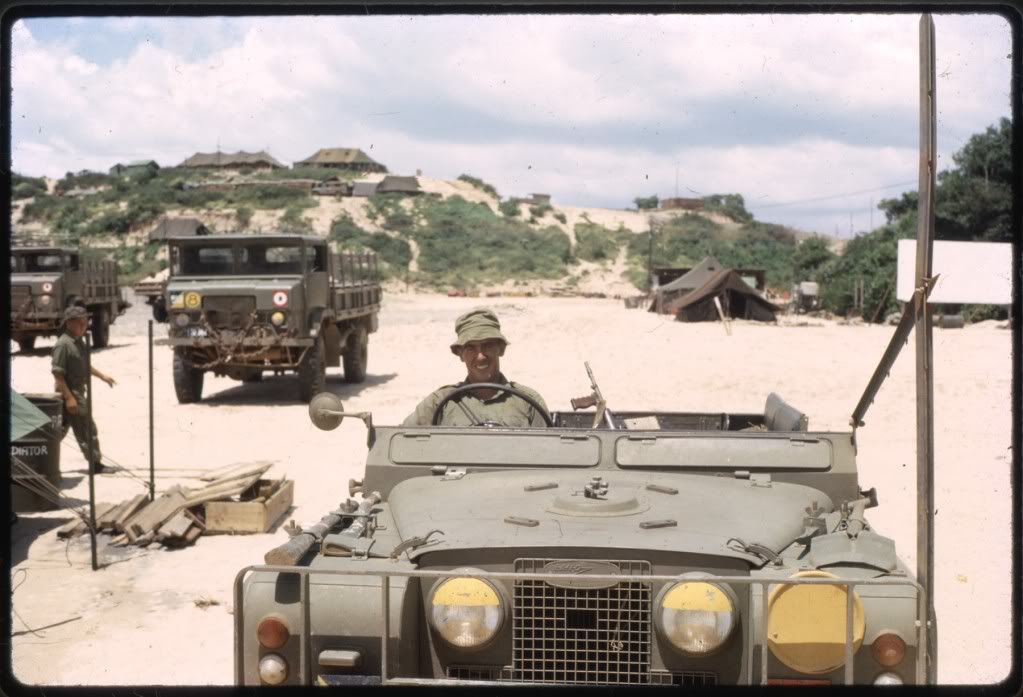
Another exception to this rule of showing bridge classification signs were the tipping teaspoons we operated in SVN in the early years. They were treated as an 8 ton limit similar to the Mk3's but even when originally received onto our books they were never fitted with discs, 'stick on' or plates.
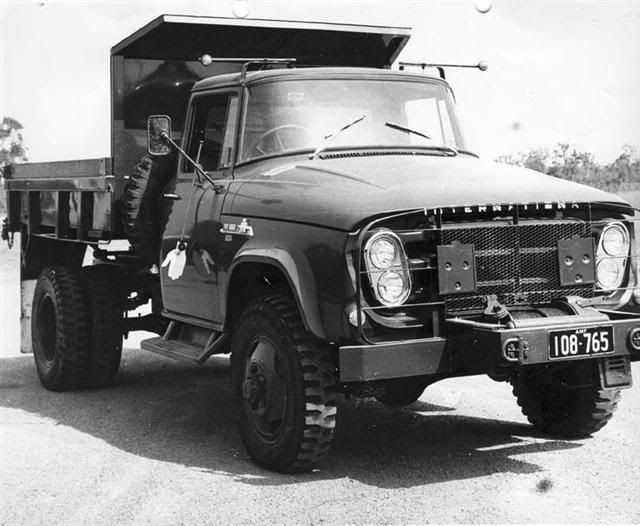
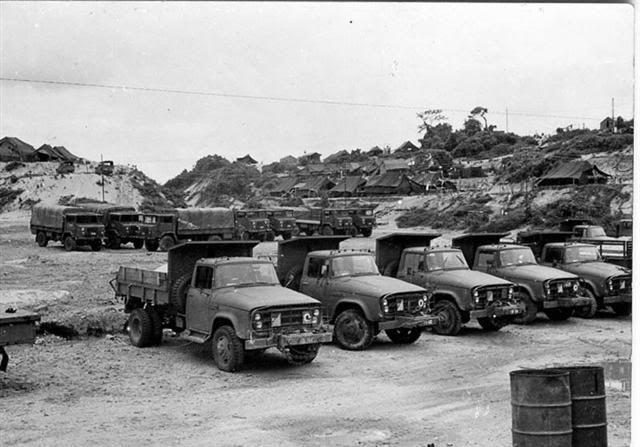
The responsibility of bridge crossings in this case would have started around about the Ops Officer level, then the Transport NCO then lastly of course the poor old driver.
This next shot shows the result of not noting bridge classification correctly and in this particular case with some rather drastic results. Firstly the Yanks shot the poor old Noggy who was in charge of the bridge for allowing them to go on whereas in actual fact I think I would have shot the driver for even thinking about it It was a twelve ton bridge and the towed vehicle was a five tonner with a bridge classification of 12, therefore its tare was near on 7 tons and the wrecker had a 17 ton classification, so all up it was pretty obvious it exceeded the weight limit.
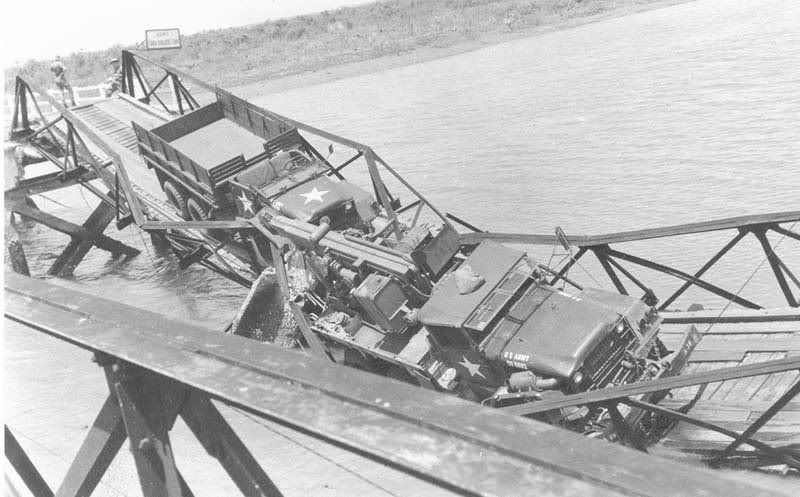
An interesting sideline (well, to me anyway), is that in the seventies I used to race round and round Central Australia in a tourist coach and never took much notice of the bridges on the northern part of the Stuart Highway until one day someone pointed out that they had been built by the Commonwealth Construction Corps during WWll and had to have a minimum rating of 5 tons. In the late seventies some of these original bridges were still in use and being used daily by "triple" road trains and still stood the test of time. All bridging classification discs had long since been removed, and the bridges more than likely reassessed by civvy engineers.
The next shot is of an old WWll Federal 20 ton prime mover and you will note that the bridge classification stencil in this case notes both the tare and the loaded weights.
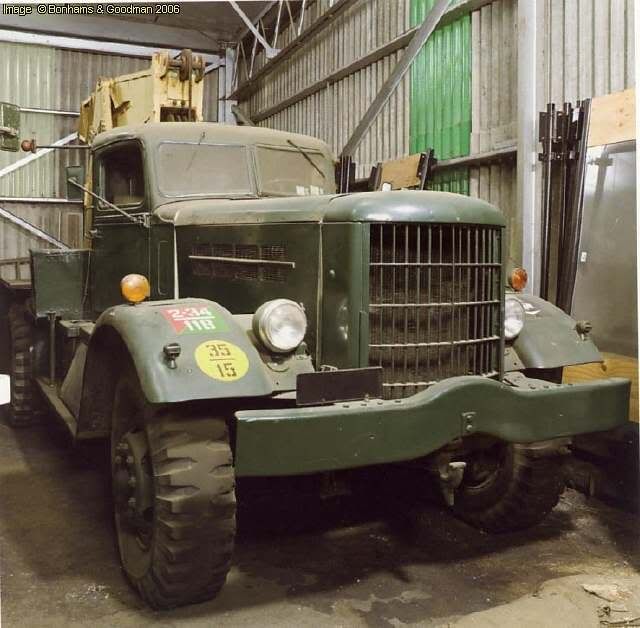
Hope this hasn't been too distracting from the original discussion.
Regards
Glen